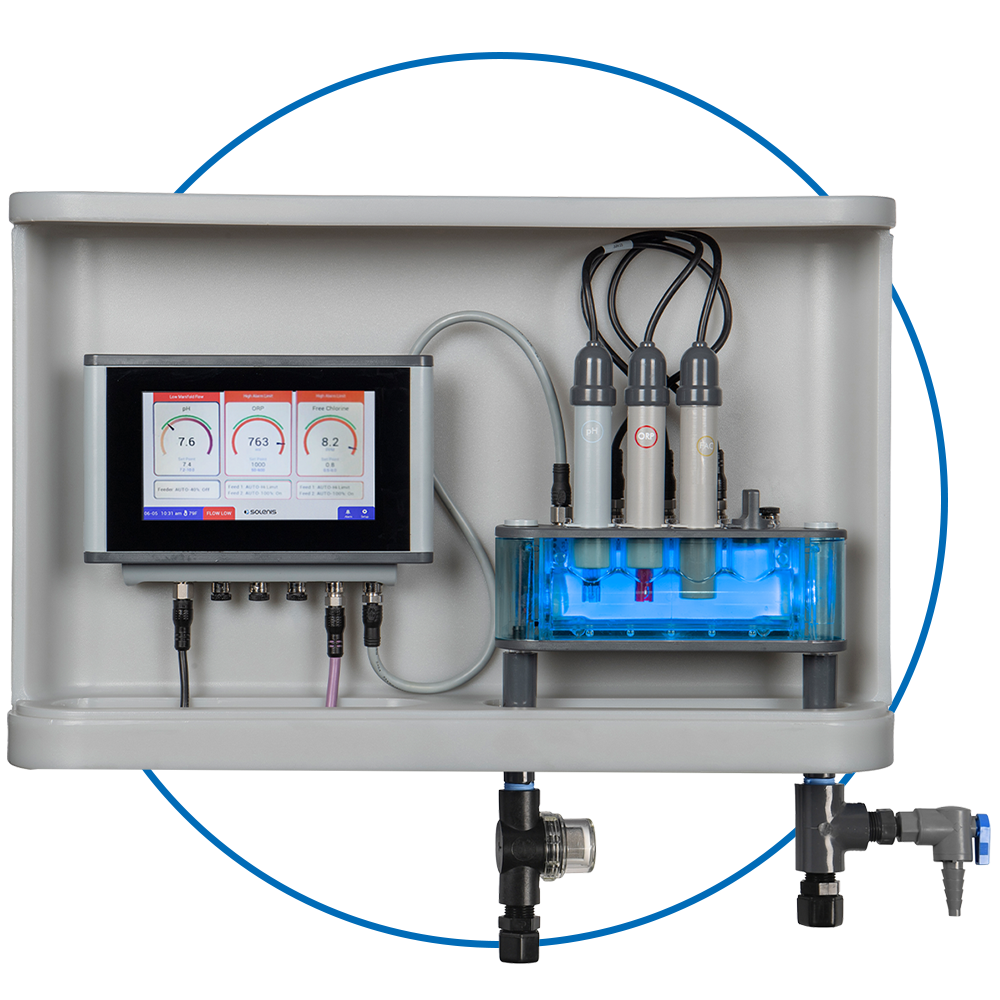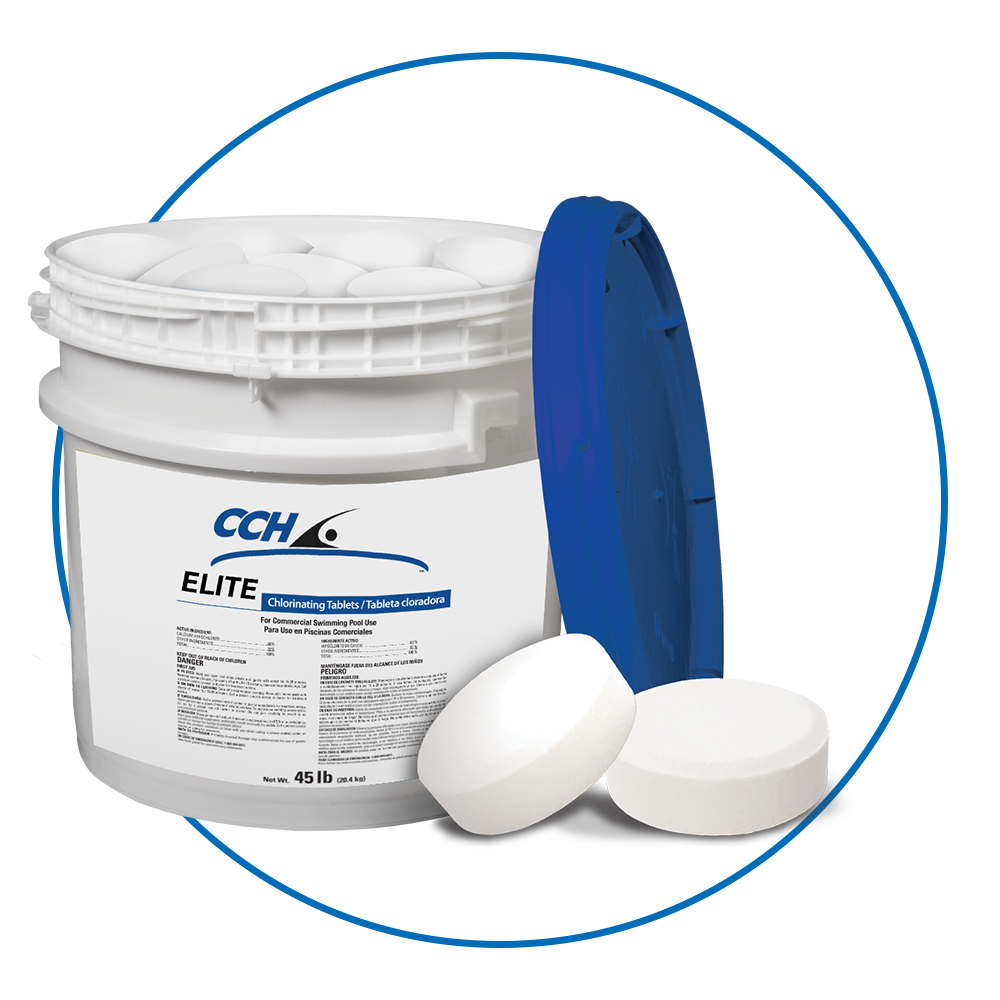CCH® Information & Resources
Case Studies
Whitepapers
Cyanuric Acid: Why is CYA Important to Consider for Pool Operations?
Cyanuric Acid (CYA) Buildup
If you are adding stabilized sanitizer to your pool, it is inevitable that you are also adding cyanuric acid (CYA) to the pool. When stabilized sanitizer is added to the water, the active chlorine is used up, but the CYA remains.
Comparing Operating Costs of Sanitizers: Calcium Hypochlorite and Trichlor
The choice of sanitizer can cost a large aquatic facility a lot of money. This paper will discuss potential costs associated with two common sanitizers, calcium hypochlorite (cal hypo) and trichloroisocyanuric acid (trichlor).
The Effect of Cyanuric Acid on Disinfection
Cyanuric acid (CYA) is a useful tool for stabilizing chlorine residuals and reducing chlorine degradation from UV radiation in sunlight. The greatest improvement in chlorine retention is seen with the addition of the first 5 ppm of CYA.
The Effect of CYA on Water Balance and Plaster
When you measure total alkalinity in a pool, you are measuring the alkalinity from both carbonate and cyanurate in the water. Cyanuric acid helps to buffer pH in pool water, but it does not protect plaster.
Want access to the CCH Engineering Portal?
Request access to the CCH® Engineering Portal to gain access to the most up-to-date CCH® engineering and spec documents for all our products.
Product User Manuals
Download the user manuals for your CCH feed system.
Deliver the highest quality pool and spa experiences and do it efficiently and safely. Whether it’s a hotel guest, a student swimmer, a patient, or resident; their experience and safety come first; but managing equipment, staff and facility expenses while delivering better return on investment can be extremely challenging. That’s where we come in. Working alongside your team to understand your needs, goals, and opportunities, we’ll identify the ideal feed system, chemicals and technology to modernize your operations and provide exceptional pool and spa experiences.














